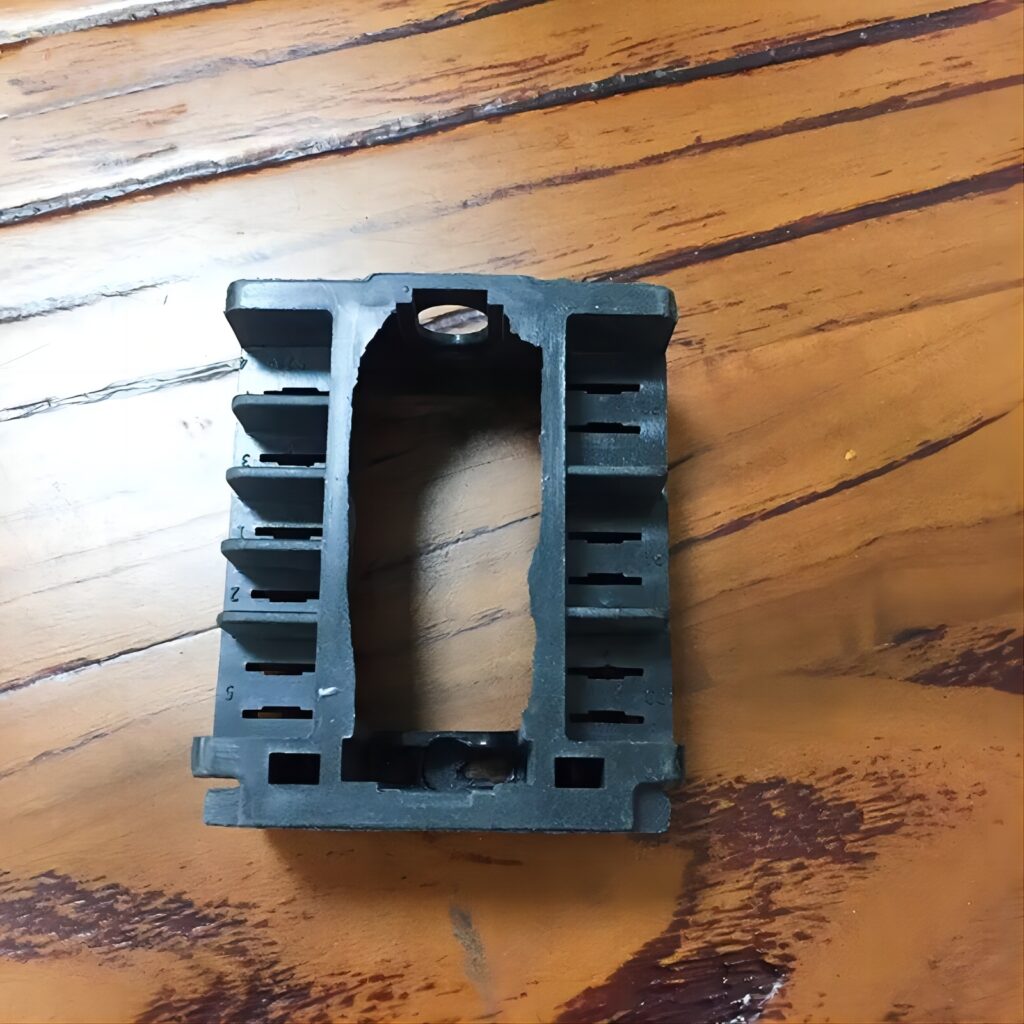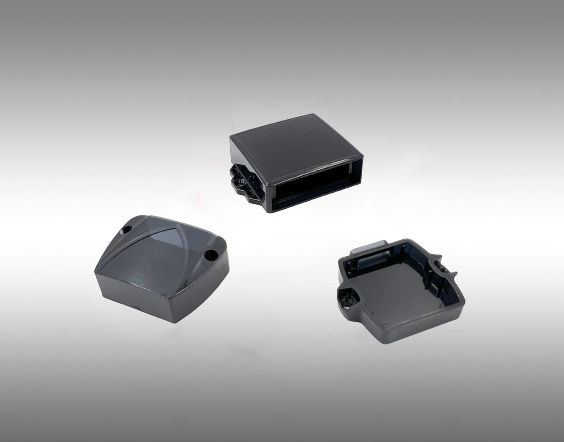The biggest problem in the production of injection-molded products is the appearance of product burrs, mostly found on the parting surface of the mold. Burrs can affect the appearance of the product as well as the subsequent assembly, making it impossible to assemble the product correctly, so we will initially analyze the leading causes of burrs.
For machinery and equipment
The clamping force of the injection molding machine is not properly selected, such as the clamping force selection is too small, there will be gaps between the upper and lower molds under the injection pressure, so there will certainly be burrs on the product; in addition, the choice of injection molding machine for the production of the corresponding products, pay attention to the rated clamping force of the machine must be greater than the injection of the product surface of the raw materials in the injection of tension, otherwise, it will lead to the flow of raw materials too good, or even cause the material inflation and other situations, and ultimately too large burrs.
In addition, poorly adjusted mold closing positions on the injection molding machine may result in an imbalance between the upper and lower or left and right sides of the mold, resulting in a gap on one side of the mold being pressed while the other end is compact, which makes sense when injection molding produces burrs. It is also necessary to pay attention to whether there are problems with the machine parts, such as excessive wear of the barrel, failure of the cooling system or setting the injection volume too low, etc., which can lead to recurring burrs, so the injection molding machine needs to be repaired or replaced with old parts.

Aspects of mold production
The parting surface of the mold is poorly produced, the accuracy is too poor, or the plate is deformed; it may also be that the sliding part at the parting surface is not assembled in place. Also pay attention to whether there are any foreign objects on the mold’s clamping surface, to clean up the surface of the mold and make the clamping surface fit tightly.
It is also possible that the mold design is unreasonable, such as the location of the gate is too deviated to make the whole part filled completely, or the position of the cavity is too deviated, then the mold will bear too much tension on one side during injection, thus causing burrs.
Plastic raw materials
The fluidity of the plastic is too high or too low will lead to the surface of the product appears burrs, plastic fluidity is too good, melt viscosity is too low, such as PP, PA, PE, etc., resulting in permeability being too strong easy product burrs; plastic melt viscosity is too high, the flow of resistance to increase, resulting in increased pressure in the cavity, resulting in insufficient clamping force and produce burrs. In addition, water-absorbent plastics such as PA, ABS, PC, and PMMA, with high temperatures, resulting in a reduction in melt viscosity will also produce burrs, so these plastics must be kept thoroughly dry before production.
When a product has a burr problem, the three aspects of equipment, mold and raw materials can be used to analyze the cause of the problem step by step, so that the problem can be solved successfully and a beautiful-looking, the well-fitted plastic product can be produced.



